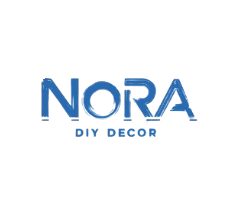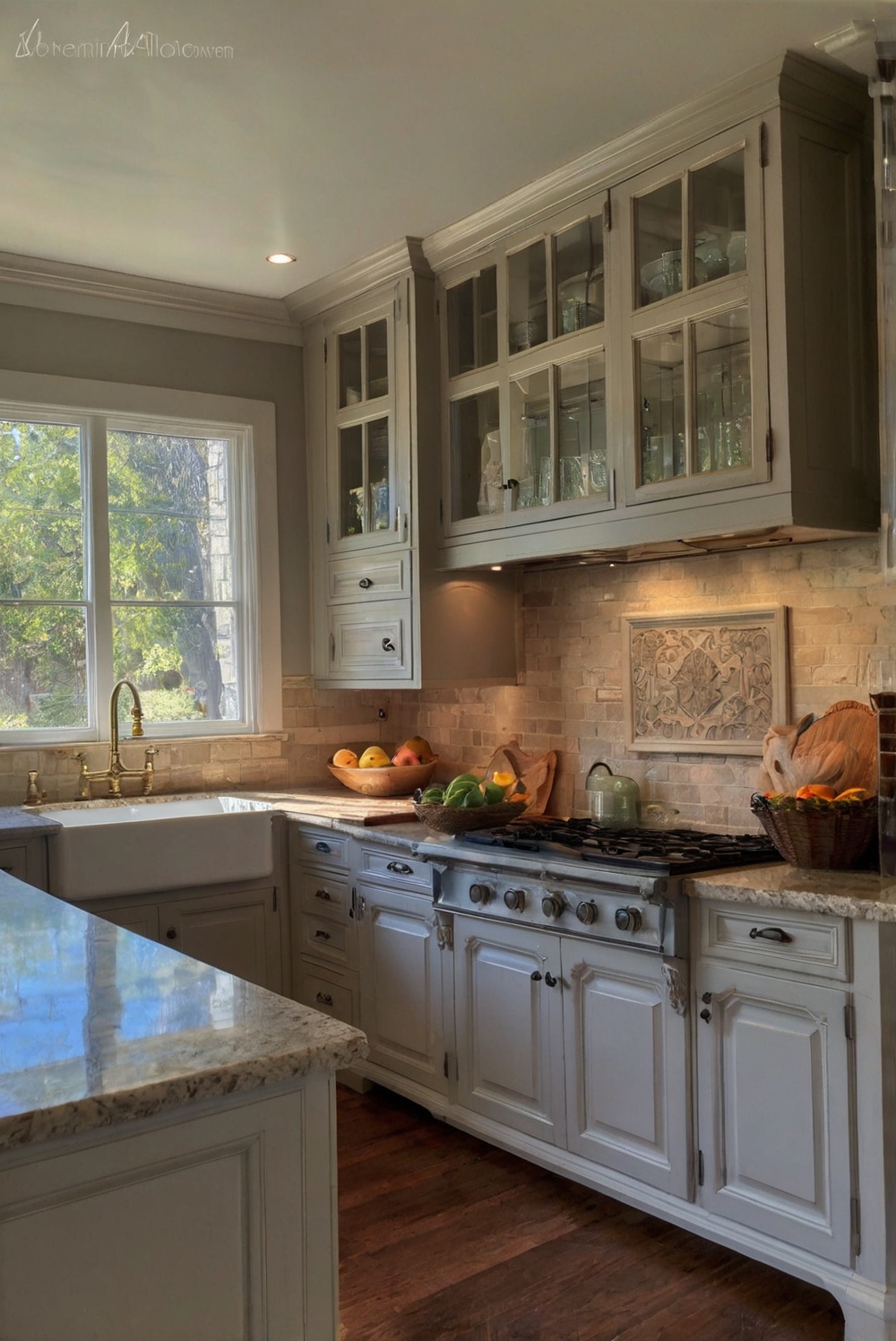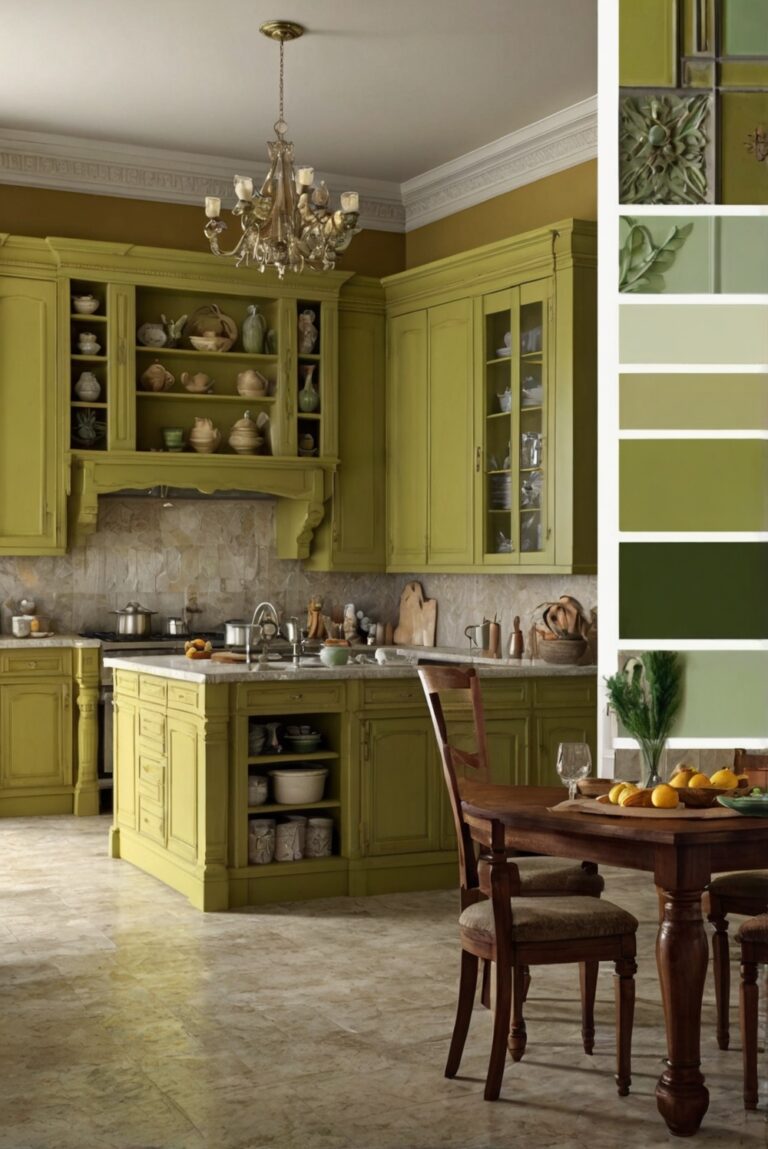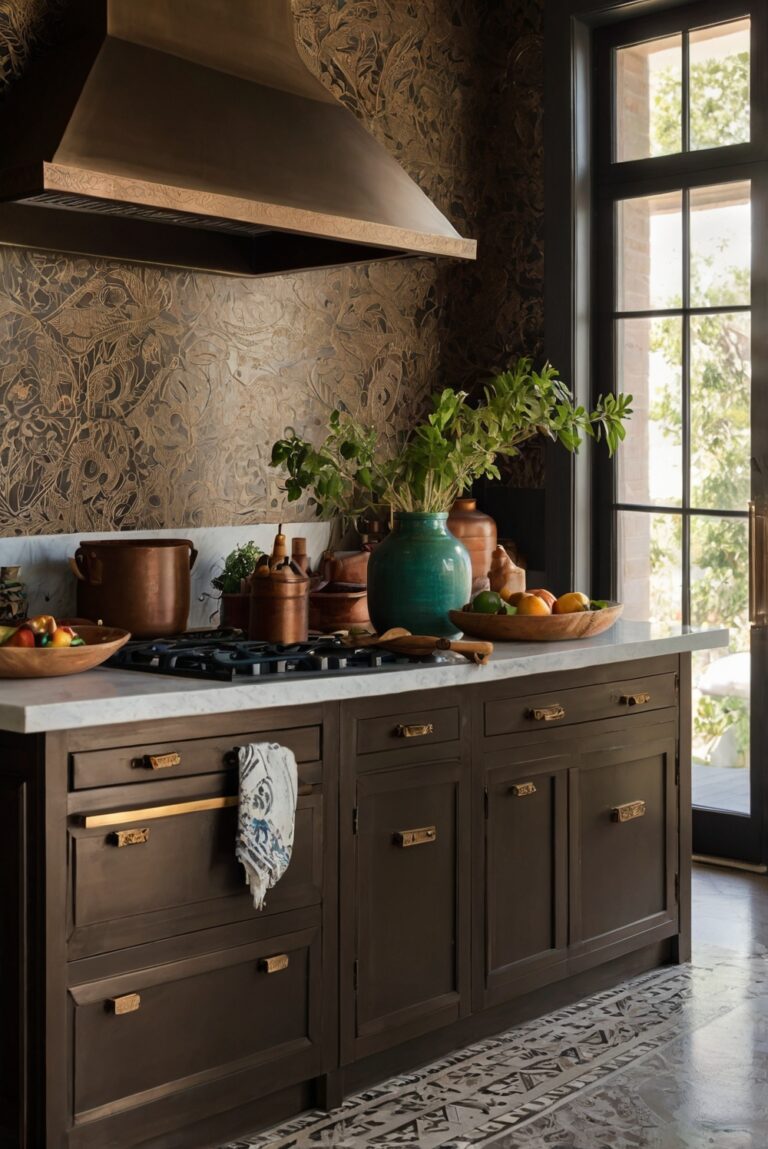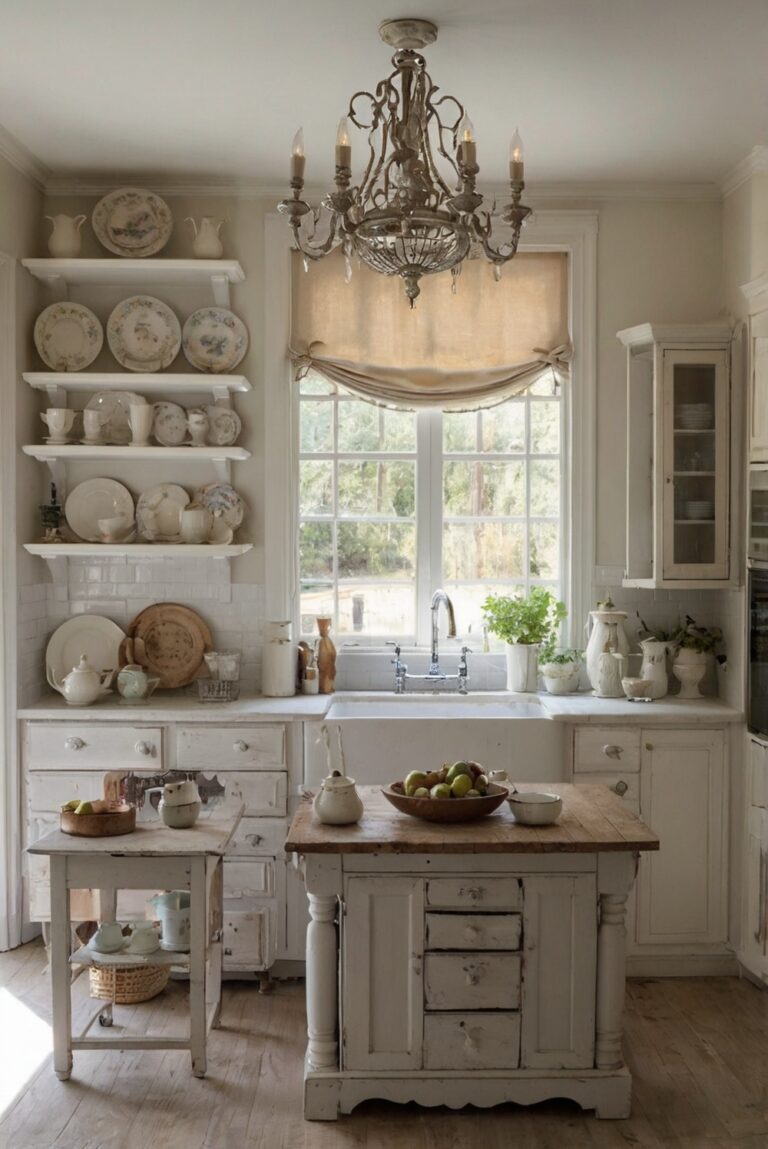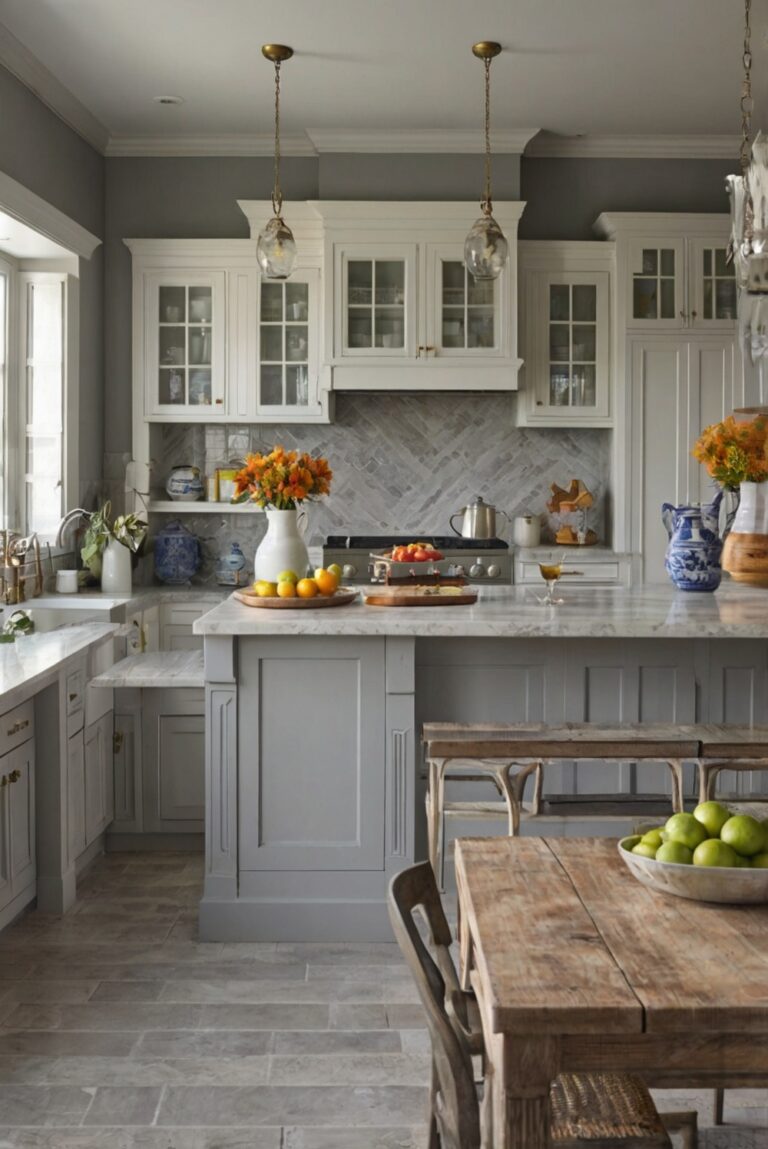How to choose the right light bulbs for your kitchen?
Enhance your kitchen’s ambiance with the perfect lighting! Discover the best light bulbs for your kitchen in our daily interior designer routine for optimal style and functionality.
**How to choose the right light bulbs for your kitchen?**
**Answer:**
Selecting the proper light bulbs for your kitchen is crucial to enhance its aesthetic appeal and functionality. Consider the color temperature of the bulbs; opt for warmer tones like soft white or warm white for a cozy ambiance. LED bulbs are energy-efficient and long-lasting, making them an ideal choice. Ensure the brightness is sufficient for your kitchen activities without causing glare. Dimmable bulbs offer flexibility in adjusting the lighting as needed. Finally, pay attention to the bulb size and style to match your fixtures and complement your kitchen design. By choosing the right light bulbs, you can create a well-lit and inviting kitchen space.
Ensure to research about color temperatures, brightness levels, and bulb types before making a final decision for your kitchen.
Consider the Size and Layout of Your Kitchen:
When choosing the right light bulbs for your kitchen, one important factor to consider is the size and layout of your kitchen. Larger kitchens may require more lighting fixtures or bulbs to ensure adequate illumination. Additionally, the layout of your kitchen, such as the placement of countertops, cabinets, and appliances, can impact the effectiveness of the lighting. Take note of areas that may need more focused lighting, such as over the sink or stove.
Understand Different Types of Light Bulbs:
There are various types of light bulbs available in the market, each offering different levels of brightness and color temperature. It’s essential to understand the differences between incandescent, LED, and fluorescent bulbs to choose the right one for your kitchen. LED bulbs are energy-efficient and long-lasting, making them a popular choice for kitchens. Consider the color temperature of the bulbs as well, as it can impact the overall ambiance of your kitchen.
Assess the Lighting Needs:
Before selecting light bulbs for your kitchen, assess the lighting needs of the space. Determine the primary activities that take place in the kitchen, such as cooking, dining, or working. Task lighting, such as under-cabinet lighting or pendant lights over the island, can help illuminate specific areas for better visibility. Ambient lighting, like overhead fixtures, can provide overall illumination for the entire kitchen.
Consider the Color Rendering Index (CRI) of the Bulbs:
When choosing light bulbs for your kitchen, consider the Color Rendering Index (CRI) of the bulbs. The CRI measures the ability of a light source to accurately render colors in comparison to natural light. A higher CRI value indicates better color accuracy, which is important in a kitchen where food preparation and cooking require accurate color distinction. Look for bulbs with a CRI of 90 or above for optimal color rendering in your kitchen.
Evaluate the Energy Efficiency:
In addition to brightness and color temperature, it’s essential to evaluate the energy efficiency of the light bulbs you choose for your kitchen. LED bulbs are known for their energy efficiency and long lifespan, making them a cost-effective option in the long run. By selecting energy-efficient bulbs, you can reduce your electricity consumption and lower your utility bills while still achieving the desired level of illumination in your kitchen.
In conclusion, choosing the right light bulbs for your kitchen involves considering factors such as the size and layout of the space, understanding different types of bulbs, assessing lighting needs, and evaluating aspects like Color Rendering Index and energy efficiency. By taking these considerations into account, you can select the ideal light bulbs that not only provide adequate illumination but also enhance the functionality and ambiance of your kitchen.
1. What type of light bulbs are best for kitchens?
When choosing light bulbs for your kitchen, it is recommended to use LED bulbs as they are energy-efficient, long-lasting, and provide bright and clear light. LED bulbs come in a variety of color temperatures, with warmer tones (around 2700-3000 Kelvin) being ideal for creating a cozy ambiance in the kitchen while cooler tones (around 4000-5000 Kelvin) are better for task lighting. Additionally, consider the brightness or lumens of the bulbs based on the size of your kitchen. For a standard kitchen, aim for around 800-1200 lumens per square meter for adequate lighting.
2. How do I determine the right brightness for my kitchen?
To determine the right brightness for your kitchen, consider the size of the space and the main activities that take place there. As a general guideline, aim for around 800-1200 lumens per square meter for a standard kitchen. If you have a larger kitchen or need more focused task lighting, you may opt for higher lumen bulbs. It is also recommended to install dimmable bulbs or fixtures to adjust the brightness based on your needs and create different moods in the kitchen throughout the day.
3. What color temperature is best for kitchen lighting?
The color temperature of light bulbs can significantly impact the overall look and feel of your kitchen. For a warm and inviting atmosphere, choose light bulbs with a color temperature of around 2700-3000 Kelvin. These warmer tones are ideal for dining areas or kitchens where you want to create a cozy ambiance. For task lighting in food preparation areas or workspaces, opt for cooler tones with a color temperature of 4000-5000 Kelvin. These cooler temperatures provide bright and clear light that is more suitable for detailed tasks.
4. Are there any energy-efficient options for kitchen lighting?
LED bulbs are the most energy-efficient option for kitchen lighting. They consume significantly less energy than traditional incandescent or halogen bulbs, which can help reduce your electricity bills in the long run. LED bulbs also have a longer lifespan, lasting up to 25,000 hours or more, so you won’t have to replace them as frequently. Additionally, LED bulbs emit very little heat, making them safe to use in the kitchen, especially in areas where you cook or handle food.
5. How can I choose the right light bulb shape for my kitchen fixtures?
When selecting light bulbs for your kitchen fixtures, consider the shape of the bulb to ensure proper fit and functionality. Common shapes include A-shape (standard bulbs), BR (reflectors), PAR (spotlights), and MR16 (miniature reflectors). A-shape bulbs are versatile and suitable for most fixtures, while BR and PAR bulbs are ideal for directional lighting such as recessed or track lighting. MR16 bulbs are smaller and often used in under-cabinet lighting or decorative fixtures. Choose the bulb shape that best complements your kitchen’s design and lighting needs.
